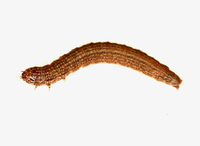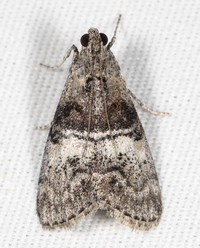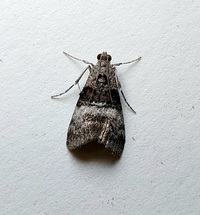
| Recorded by: Mark Basinger on 2025-09-01
Rowan Co.
Comment: | 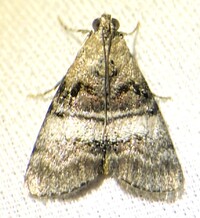
| Recorded by: Dean Furbish on 2025-08-25
Wake Co.
Comment: |
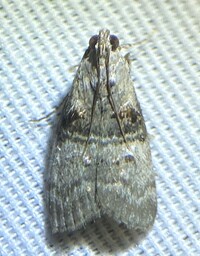
| Recorded by: Dean Furbish on 2025-08-16
Orange Co.
Comment: | 
| Recorded by: Jim Petranka, Mark Basinger and Becky Elkin on 2025-08-02
Richmond Co.
Comment: |
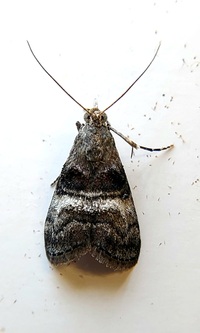
| Recorded by: Mark Basinger on 2025-07-27
Wilson Co.
Comment: | 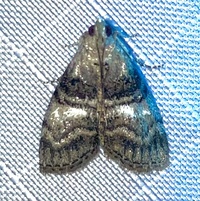
| Recorded by: Ken Kneidel on 2025-07-19
Mecklenburg Co.
Comment: |
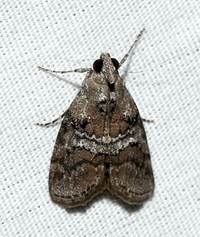
| Recorded by: David George, David Cheng, Patrick Coin on 2025-06-29
Richmond Co.
Comment: | 
| Recorded by: Jim Petranka, Mark Basinger and Becky Elkin on 2025-06-29
Richmond Co.
Comment: |

| Recorded by: Jim Petranka, Mark Basinger and Becky Elkin on 2025-06-29
Richmond Co.
Comment: | 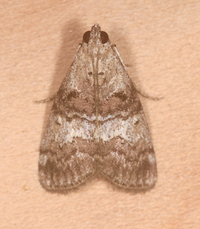
| Recorded by: Jim Petranka, Mark Basinger and Becky Elkin on 2025-06-28
Moore Co.
Comment: |

| Recorded by: Ken Kneidel on 2025-06-23
Mecklenburg Co.
Comment: | 
| Recorded by: Ken Kneidel on 2025-06-23
Mecklenburg Co.
Comment: |

| Recorded by: Simpson Eason on 2025-06-22
Durham Co.
Comment: | 
| Recorded by: Allison Garton on 2025-06-20
Moore Co.
Comment: |
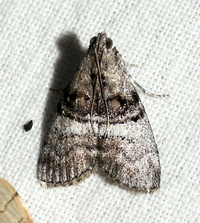
| Recorded by: Jeff Niznik, David George, Larry Chen, Sarah Toner, Joye Zhou on 2025-06-20
Richmond Co.
Comment: | 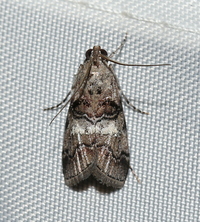
| Recorded by: Jeff Niznik, David George, Larry Chen, Sarah Toner, Joye Zhou on 2025-06-20
Richmond Co.
Comment: |
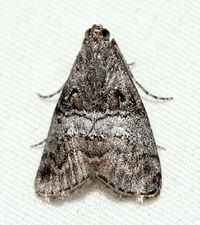
| Recorded by: David George on 2025-06-07
Durham Co.
Comment: | 
| Recorded by: Lenny Lampel on 2025-06-03
Union Co.
Comment: |
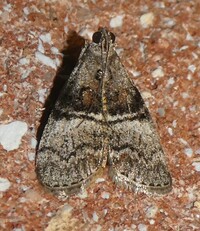
| Recorded by: Simpson Eason on 2025-05-17
Durham Co.
Comment: | 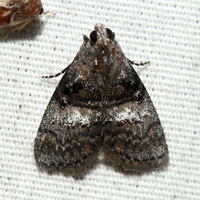
| Recorded by: David George on 2025-05-17
Durham Co.
Comment: |
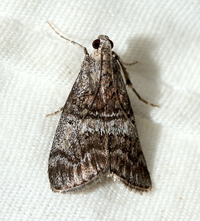
| Recorded by: David George on 2025-05-16
Durham Co.
Comment: | 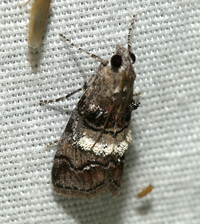
| Recorded by: Jeff Niznik, David George on 2025-05-09
Cumberland Co.
Comment: |
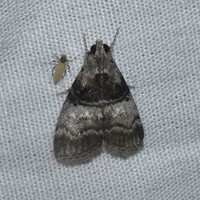
| Recorded by: David George, Jeff Niznik, Brian Bockhahn, Jim Petranka, John Petranka, Becky Elkin on 2025-05-09
Cumberland Co.
Comment: | 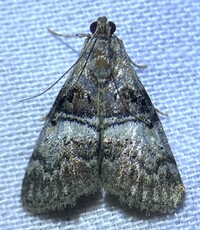
| Recorded by: Dean Furbish on 2024-09-23
Wake Co.
Comment: |
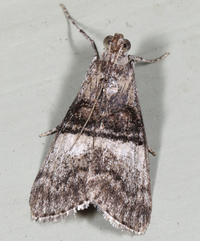
| Recorded by: John Petranka on 2024-09-14
Orange Co.
Comment: | 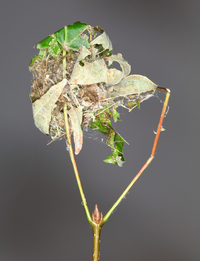
| Recorded by: Jim Petranka on 2024-09-08
Madison Co.
Comment: A webbed nest on Sugar Maple that had several larvae. |
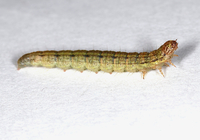
| Recorded by: Jim Petranka on 2024-09-08
Madison Co.
Comment: A larva from a communal nest on Sugar Maple. | 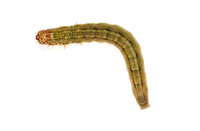
| Recorded by: Jim Petranka on 2024-09-08
Madison Co.
Comment: A larva from a communal nest on Sugar Maple. |
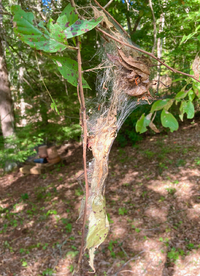
| Recorded by: Jim Petranka on 2024-09-07
Madison Co.
Comment: A communal nest on Black Gum. | 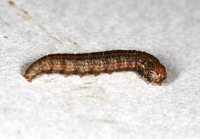
| Recorded by: Jim Petranka on 2024-09-07
Madison Co.
Comment: |
|

 »
»